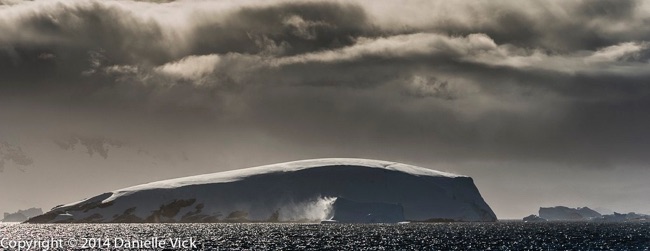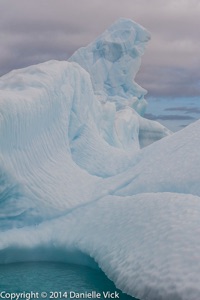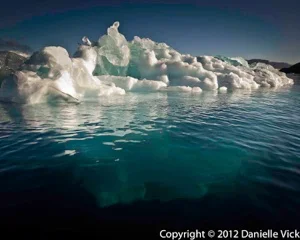I recently had the opportunity to travel to three islands in the Arctic - Svalbard, Greenland and Iceland. Two years ago, I never would have imagined I would have the opportunity to visit such a place - it never had even entered my mind. Now, I look forward to the opportunity to return. The experience was surreal, overwhelming, and the Arctic environment, humbling. I have found it difficult to describe to people and feel like I have explained well or done it justice. Similarly, I’ve had a difficult time with the photos because it is tough for a 2 dimensional image to capture and express the feelings I had when as I was surrounded by the Arctic, living it.
Our home base for the expedition was the Russian scientific research vessel, Akademik Sergey Vavilov. The Vavilov and it’s amazing Russian crew took us as far north as 80 degrees and 30 minutes (for reference, the North Pole is at 90 degrees), and at one point, the only thing between us and the north pole was 600 nm of ice sheets. We became obsessed with the icebergs, using almost every Zodiac trip to cruise amongst them. They are spectacular and they were really a very clear example of the beauty and uniqueness of things that mother nature creates. The icebergs were supplemented with four (or five?) polar bear sightings (which prevented us in many cases from landing), walrus, whales, dolphin, reindeer and muskox. In Greenland, we traveled through the fjord system of Scoresbysund, the largest fjord system in the world, and not to mention, FULL of icebergs. Our first stop in Scoresbysund was Ittoqqortoormiit, one of the most remote towns in Greenland. In fact, their grocery store is only replenished twice a year, so as travelers, we were advised not to buy anything from the store unless essential.
I was fortunate to have been able to travel with a group of approximately 34 photographers and led by John Paul Caponigro, Seth Resnick, Ragnar Th. Sigurdsson, and Arthur Meyerson. I learned something from each person, so I thank them for the opportunity and I thank the four photographic leaders, for their advice, guidance, and confidence in my work. If you’re interested in seeing other images from the trip, see John Paul Caponigro’s blog:
http://www.johnpaulcaponigro.com/blog/9580/highlights-from-3-arctic-islands/
I am barely beginning to get through my images but have shown some below to give you a sense...more to come!!
Travel resources:
Digital Photo Destinations - John Paul Caponigro & Seth Resnick
Quark Expeditions




































